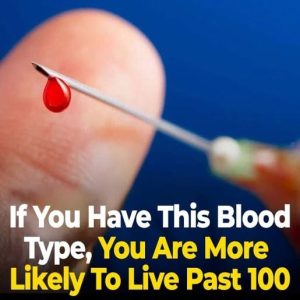Seeing veins under your skin is usually harmless, though sometimes it can hint at health issues. “In most of these situations, visible veins are a natural and harmless consequence of body changes.”
Veins can stand out for many reasons: low body fat, aging, genetics, exercise, heat, or hormonal changes. People who are lean or athletic often see their veins more clearly. With age, skin thins and collagen decreases, making veins more noticeable.
Sometimes, however, it can signal a medical issue. “Veins become enlarged, twisted, and more visible” with varicose veins or chronic venous insufficiency, which can cause swelling, cramps, or heaviness. Deep vein thrombosis (DVT) — a clot in a deep vein — is a serious condition marked by “swelling, warmth, pain, and discoloration.” Vein inflammation (phlebitis) can also make veins look raised and tender.
Visible veins alone don’t mean poor health. Their color — “blue, green, or purple” — depends mostly on skin tone and light.
See a doctor if veins become “new, rapidly worsening, painful, or swollen,” or if you notice redness, sores, or leg pain. To support vein health, stay active, maintain a healthy weight, elevate your legs, and avoid sitting or standing too long.





